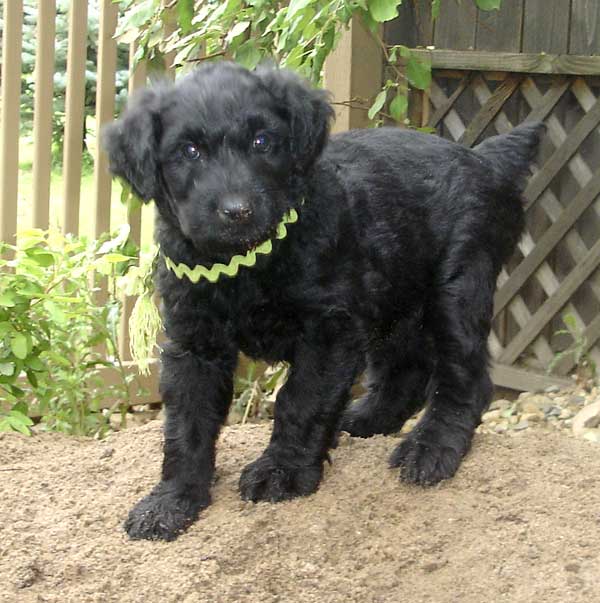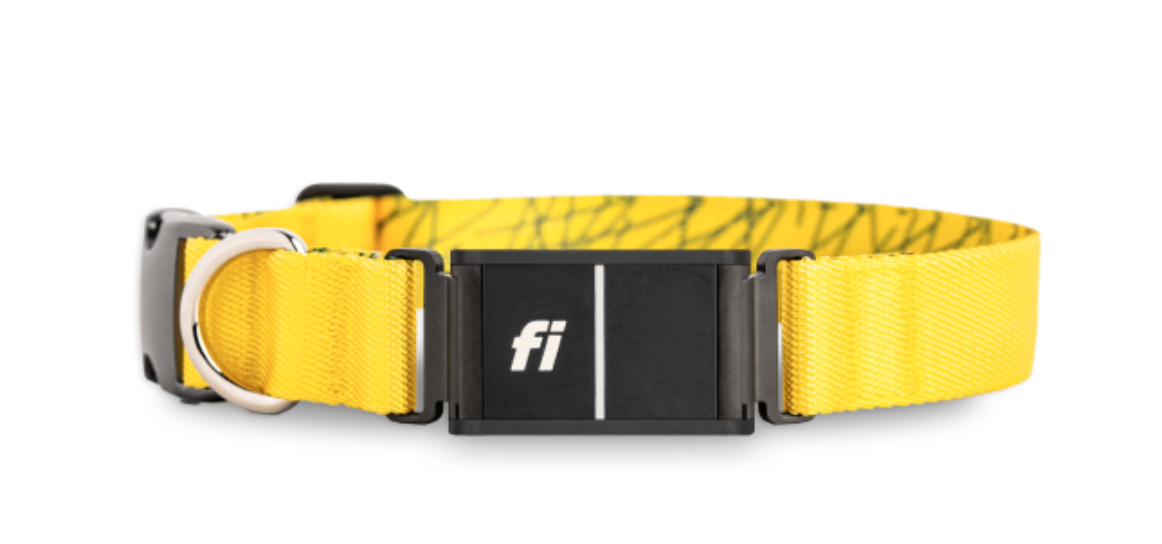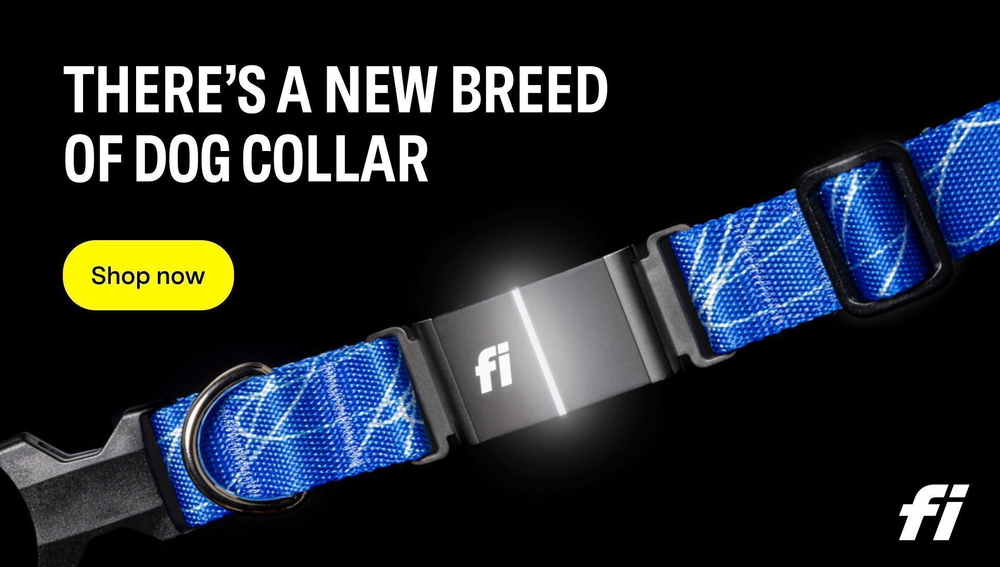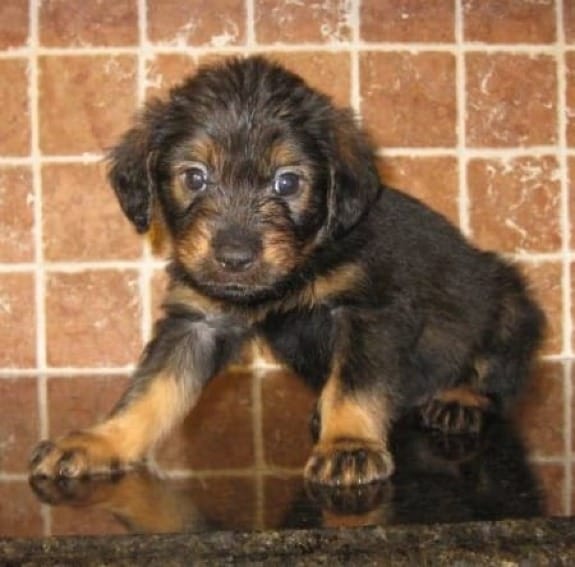Rottle puppies, also known as Rottweiler-Poodle mixes, are gaining popularity as family pets due to their friendly and loyal nature. As with any puppy, it is important to choose the right collar to ensure their safety and comfort. The best collar for a Rottle puppy should be durable, adjustable, and comfortable.

When choosing a collar for a Rottle puppy, it is important to consider their size and breed characteristics. Rottweilers are large, muscular dogs that require a sturdy collar to support their weight and strength, while Poodles are smaller and require a collar that fits their delicate necks. Additionally, Rottle puppies may inherit a curly or wavy coat from their Poodle parent, which can become tangled if the collar is too tight or uncomfortable.
There are several types of collars available for Rottle puppies, including flat collars, martingale collars, and harnesses. Each type of collar has its own benefits and drawbacks, and the best choice will depend on the individual needs of the puppy. By choosing the right collar, Rottle puppy owners can ensure their furry friend is safe, comfortable, and stylish.

Choosing the Right Collar
When it comes to choosing the right collar for a Rottle puppy, there are a few important factors to consider. The collar should be comfortable, durable, and safe for the puppy to wear. Here are some things to keep in mind when selecting a collar for your Rottle puppy.
Fi GPS Tracking Dog Collar
Fi GPS tracking Dog Collar is ideal for helping keep your Rottle puppy in the best shape. It enables you to track the dog's exertion levels and steps, which you can compare to other dogs of similar breeds within your neighborhood.

These tracking collars come in four core colors: pink, blue, gray, and yellow. They're a perfect fit for dogs whose neck sizes range between 11.5 and 34.5 inches. With its GPRS tracking feature, you'll instantly get a phone alert if your pup friend ever gets out unexpectedly. Also our collar comes in multiple sizes so you can buy bigger sizes of the collar band as your puppy grows.
Specifications
- Unmatched battery life lasting up to three months between charges
- An accurate way to get notified when your dog escapes
- Shows your dog's location history
- Compatible with smartphone devices
- Supports alarm applications
- Waterproof
Collar Materials
The material of the collar is an important factor to consider. Leather collars are a popular option as they are durable and can last for a long time. However, they can be heavy and may not be suitable for smaller Rottle puppies. Nylon collars are lightweight and come in a variety of colors and designs. They are also easy to clean and maintain. Another option is a chain collar, which is useful for training purposes but should not be left on the puppy for extended periods of time.
Collar Types
There are several types of collars to choose from, including buckle collars, martingale collars, and harnesses. Buckle collars are the most common type of collar and are easy to adjust. Martingale collars are designed to prevent the puppy from slipping out of the collar and are a good option for Rottle puppies who like to pull on the leash. Harnesses are a good option for Rottle puppies who have neck or throat issues or who are prone to pulling on the leash.
Size and Fit Considerations
The collar should fit the Rottle puppy properly to ensure comfort and safety. The collar should be snug but not too tight, and it should not be able to slip over the puppy's head. It is important to measure the puppy's neck before purchasing a collar to ensure the correct size. A good rule of thumb is to leave enough room for two fingers to fit between the collar and the puppy's neck. It is also important to regularly check the collar to ensure it is still fitting properly as the puppy grows.
Overall, choosing the right collar for a Rottle puppy requires careful consideration of the materials, types, and size and fit considerations. By taking the time to select the right collar, you can ensure your Rottle puppy is comfortable, safe, and happy.
Understanding the Rottle Puppy
Rottle Temperament
Rottle puppies are known for their friendly, playful, and loyal temperament. They are intelligent dogs that are easy to train and are great with children. They tend to be protective of their family and can be wary of strangers, making them excellent watchdogs. However, early socialization is essential to ensure that they do not become overly protective or aggressive towards strangers.
Physical Characteristics
As a crossbreed between a Rottweiler and a Poodle, Rottle puppies can inherit a range of physical characteristics from both breeds. Generally, they have a muscular build, a broad head, and a curly or wavy coat. Their coat can come in a variety of colors, including black, brown, and white. They are typically medium-sized dogs, with an average height of 22 to 25 inches and a weight of 80 to 135 pounds.
Growth Stages
Like all puppies, Rottle puppies go through various growth stages. During the first few weeks of life, they are entirely dependent on their mother for nourishment and care. As they grow older, they start to explore their surroundings and develop their senses. At around 8 to 12 weeks old, they are ready to leave their mother and go to their new homes.
During the next few months, Rottle puppies will go through a rapid growth phase. It is essential to provide them with a healthy diet and plenty of exercise during this time to ensure that they grow up strong and healthy. As they reach adulthood, they will become more sedate and less active, but they will still require regular exercise to maintain their health.
Overall, Rottle puppies are a great choice for families looking for a friendly, loyal, and intelligent dog. With proper care and training, they can make excellent pets and companions for many years to come.
Training With Collars
Positive Reinforcement
When training a Rottle puppy, positive reinforcement is a key aspect of collar training. Using treats, praise, and rewards can help reinforce good behavior and create a positive association with the collar. By rewarding the puppy for responding to commands and wearing the collar, it can help build a strong foundation for training.
Collar Training Tips
Introducing the collar gradually is essential. Start by allowing the puppy to become familiar with the collar by wearing it for short periods in a comfortable and positive environment. It's important to ensure that the collar fits properly and is not too tight or too loose. Additionally, using a lightweight and comfortable collar suitable for a growing Rottle puppy is crucial for their comfort and safety.
Behavior Correction
When using a collar for behavior correction, it's important to employ humane and gentle methods. Avoid using excessive force or punishment. Instead, opt for gentle corrections and consistent training techniques. It's essential to understand the specific needs and temperament of the Rottle breed to effectively correct unwanted behaviors without causing distress.
Safety and Comfort
When it comes to choosing the best collar for a Rottle puppy, safety and comfort are two of the most important factors to consider. Here are some tips to ensure that your puppy's collar is both safe and comfortable.

Preventing Injuries
One of the biggest concerns when it comes to collars is the risk of injury. A collar that is too tight can cause breathing problems, while a collar that is too loose can get caught on objects and cause strangulation. To prevent these types of injuries, it's important to choose a collar that fits properly. The collar should be snug, but not too tight, and you should be able to fit two fingers between the collar and your puppy's neck.
Another way to prevent injuries is to choose a collar that has a breakaway or quick-release feature. This type of collar will release if it gets caught on something, preventing your puppy from getting trapped and injured.
Adjusting for Comfort
In addition to preventing injuries, it's also important to choose a collar that is comfortable for your Rottle puppy. Look for a collar that is made from soft, lightweight materials, such as nylon or leather. Avoid collars that are too heavy or bulky, as they can be uncomfortable for your puppy to wear.
When adjusting the collar, make sure it is not too loose or too tight. A collar that is too loose can slip off, while a collar that is too tight can be uncomfortable and even cause injury. You should be able to fit two fingers between the collar and your puppy's neck.
Collar Maintenance
To ensure that your Rottle puppy's collar remains safe and comfortable, it's important to maintain it properly. Check the collar regularly to make sure it is not too tight or too loose. If the collar becomes dirty, clean it with a mild soap and water. Avoid using harsh chemicals or abrasive cleaners, as they can damage the collar and cause discomfort to your puppy.
In addition, it's important to check the collar regularly for signs of wear and tear. If the collar becomes frayed or damaged, replace it immediately to prevent injury to your puppy. By following these tips, you can ensure that your Rottle puppy's collar is both safe and comfortable.
Additional Accessories
When it comes to outfitting a Rottle puppy, a collar is just the beginning. There are several additional accessories that can enhance both the appearance and safety of your furry friend.
Matching Leashes
A matching leash is a great way to complete the look of your Rottle puppy's collar. It's also a practical accessory that will allow you to maintain control of your pet while you're out and about. Look for a leash that matches the material and color of your pup's collar for a cohesive look.
Identification Tags
Identification tags are a must-have accessory for any pet owner. In the event that your Rottle puppy becomes lost, an identification tag can help ensure that he or she is quickly reunited with you. Be sure to include your pet's name, your phone number, and any other relevant contact information on the tag.
Collar Attachments
Collar attachments are another accessory that can enhance the safety of your Rottle puppy. For example, a reflective attachment can help ensure that your pet is visible to drivers and other pedestrians when you're out for a walk at night. Another option is a GPS attachment, which can help you keep track of your pet's location at all times.
Overall, there are several additional accessories that can help you keep your Rottle puppy both safe and stylish. By investing in matching leashes, identification tags, and collar attachments, you can ensure that your furry friend is always well-equipped for any adventure.

Conclusion
Choosing the best collar for your Rottle puppy is an important decision that requires careful consideration of safety, comfort, and durability. By following the guidelines outlined in this article and selecting a collar that meets your puppy's needs, you can ensure many happy and stylish adventures together.
FAQs About Collars for Rottle Puppies
- Q1: Can I use a regular collar for my Rottle puppy?
- Yes, you can use a regular collar for your Rottle puppy as long as it fits properly and is comfortable for them to wear.
- Q2: How often should I check my Rottle puppy's collar for fit?
- It's a good idea to check your Rottle puppy's collar regularly, especially during periods of rapid growth, to ensure it still fits properly.
- Q3: Are there any specific collar features to avoid for Rottle puppies?
- Avoid collars with sharp or protruding edges that could cause injury to your Rottle puppy's neck or skin.
- Q4: Can I leave my Rottle puppy's collar on all the time?
- While it's generally safe to leave your Rottle puppy's collar on during the day, it's recommended to remove it at night or during unsupervised play to prevent accidents.
- Q5: What if my Rottle puppy doesn't like wearing a collar?
- If your Rottle puppy seems uncomfortable or resistant to wearing a collar, try introducing it gradually and using positive reinforcement techniques to help them adjust.




